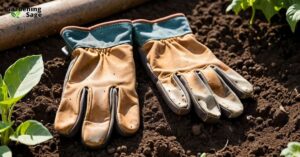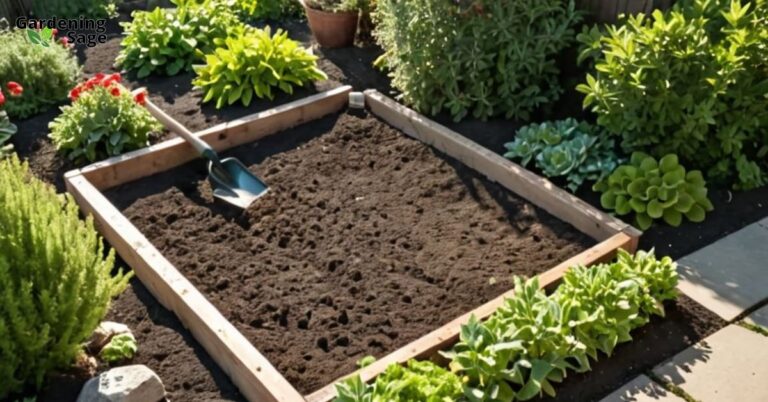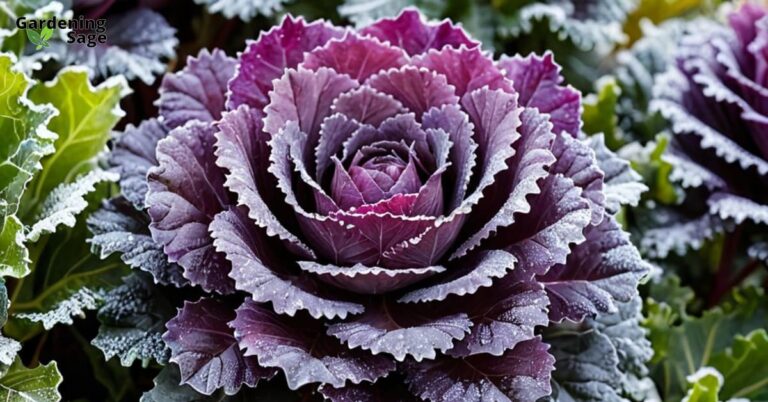Embarking on Your Bucket Gardening Journey: Navigating the Essentials
Gardening is an ever-evolving process of discovery. As you continue nurturing your green thumb, new methods emerge that allow you to flex your horticultural creativity in exciting ways. One such technique? Bucket gardening. This increasingly popular approach offers immense flexibility, enabling gardeners of all levels to grow vibrant, bountiful plants in the comfort of their own spaces. Whether you’re dealing with limited space, such as a small balcony or patio, or you’re looking to maximize your gardening potential, bucket gardening is a versatile solution. In this comprehensive guide, we’ll delve into everything you need to know to dive into the wonderful world of bucket gardening, from selecting the right containers to caring for your plants as they grow.
Selecting the Perfect Bucket
Not just any container will do when it comes to creating a successful bucket garden. When choosing buckets for your garden, sturdy plastic buckets around 5 gallons work best. These are large enough to accommodate a variety of plants while being manageable in size. Opt for ones with drainage holes in the bottom to prevent waterlogging, which can be detrimental to plant health. If your bucket doesn’t have built-in holes, you can easily drill several to allow for adequate drainage. Dark-colored buckets are ideal since they absorb heat, which can be beneficial for plant growth, while lighter colors stay cooler, which might be preferable in hotter climates. Match your bucket color to your climate and the needs of the plants you wish to grow. Additionally, consider the material of the bucket. Food-grade plastic is recommended, especially if you’re planning to grow edibles, to ensure that no harmful chemicals leach into the soil and your plants.
Preparing the Soil
Now comes the fun part – preparing your soil mix! For containers, it’s crucial to avoid using heavy garden soil or potting soil alone. Instead, create a lightweight blend using one part potting mix, one part compost, and one part vermiculite or perlite for drainage. This combination ensures that your plants have a fluffy, nutrient-rich base that retains moisture without becoming waterlogged. Test the drainage of your mix by watering it in the bucket before planting. If the water drains too slowly, adjust the mix by adding more perlite or vermiculite. Conversely, if it drains too quickly, add more compost to help retain moisture. This step is essential to create an optimal environment for your plants’ roots to thrive.
Selecting the Perfect Plants
When choosing plants for your bucket garden, it’s important to opt for compact, bushy annuals and perennials that are well-suited to container living. Herbs such as basil, mint, and cilantro are excellent choices, as they can be easily grown and maintained in small spaces. Leafy greens like lettuce, spinach, and kale are also great options for quick harvesting. Radishes, strawberries, and even dwarf tomato varieties thrive in the confined space of a bucket. Avoid sprawling plants or those with deep root systems that may not adapt well to container gardening. For an extra boost, mix in a slow-release fertilizer before planting to provide a steady supply of nutrients to your plants over time. This will help ensure that your plants have all they need to grow strong and healthy.
Caring for Your Bucket Garden
One of the many advantages of bucket gardening is mobility. You can easily move your containers to ensure they receive optimal sun exposure throughout the day. This is particularly useful for adjusting to the changing seasons or when you need to protect plants from harsh weather conditions. Water your plants when the first inch of soil becomes dry to the touch, taking care not to oversaturate, as this can lead to root rot. For proper drainage, ensure that the holes in the bottom of the bucket are clear and unobstructed. Fertilize every 2-3 weeks during the growing season to replenish nutrients that are washed away with watering. Regular pruning of stray branches will maintain shapeliness and encourage more robust growth. With simple, consistent care, your bucket plants will flourish, providing you with a lush and productive garden.
As you embark on your bucket gardening journey, embrace the spirit of experimentation. Try unique color combos, unconventional plant pairings, and customized soil mixes. Let your creativity run wild! Gardening in buckets opens up a world of possibilities. With the freedom this method allows, you can infuse personality into your green space and enjoy watching your vibrant container plants thrive. The beauty of bucket gardening lies in its simplicity and the endless variety it offers. You can grow a single type of plant or create a mini ecosystem with a diverse range of species. The choice is yours, and the results can be incredibly rewarding. So, gather your buckets, prepare your soil, select your plants, and get ready to watch your garden grow. Happy gardening!














